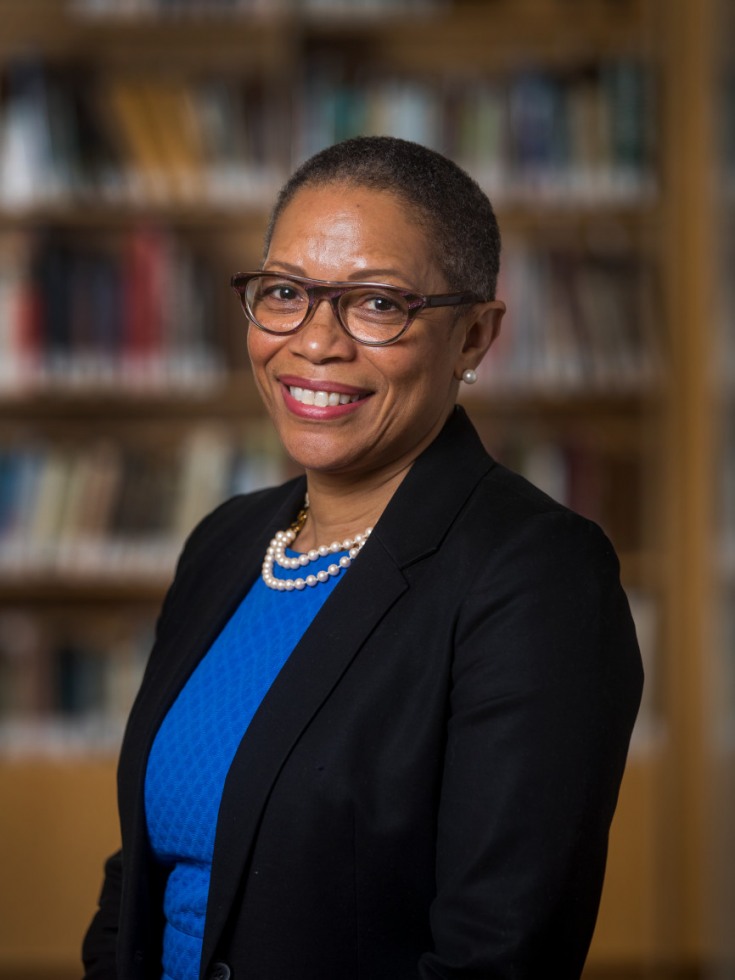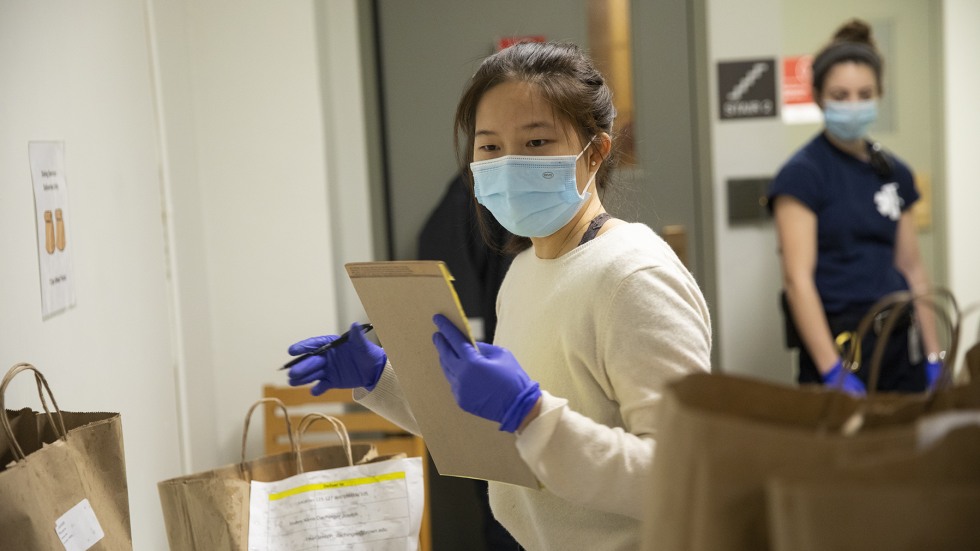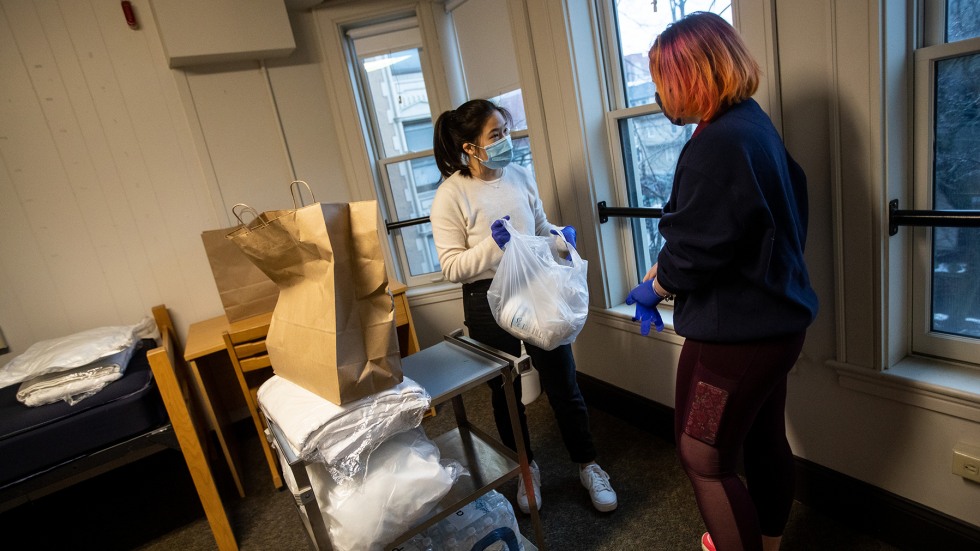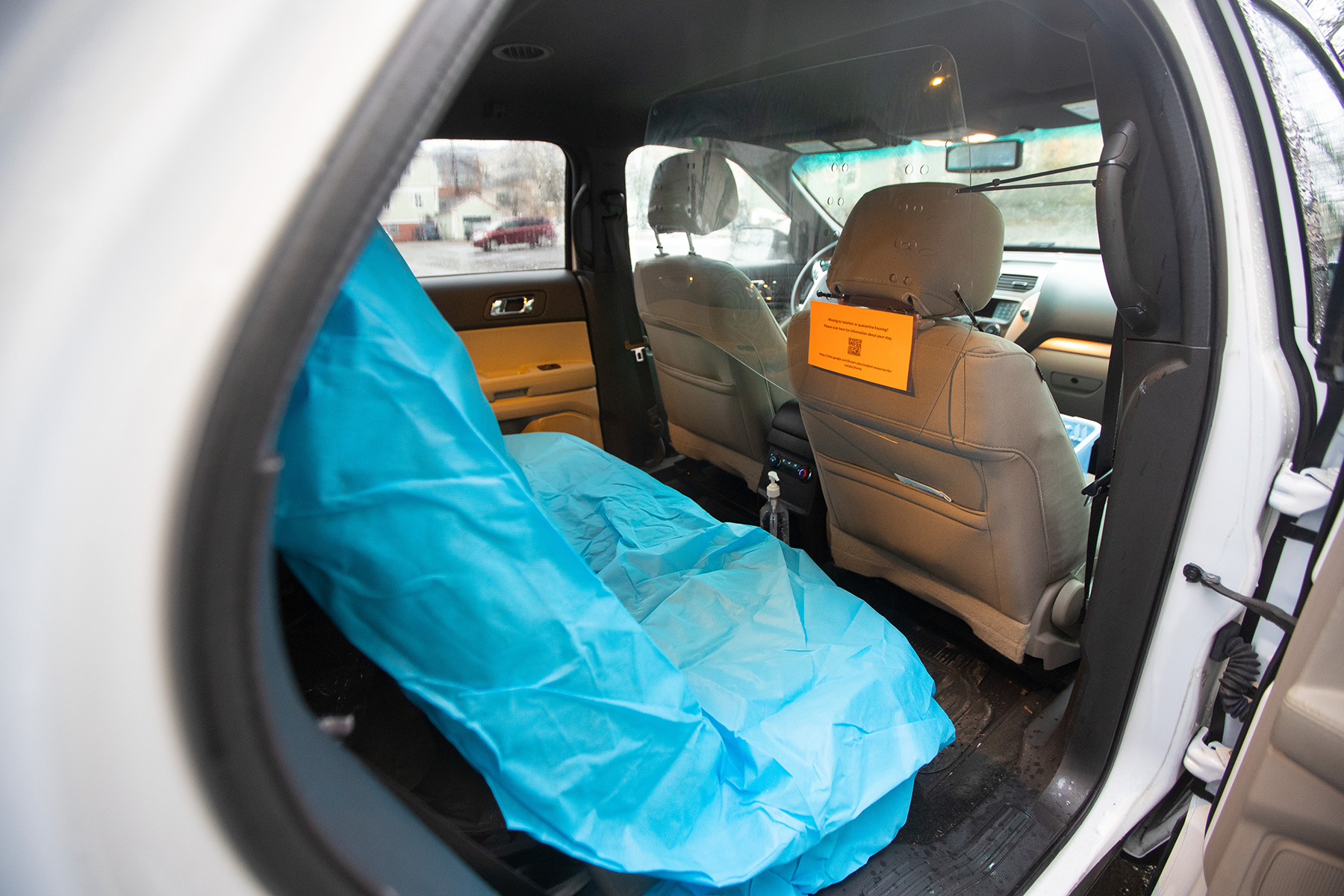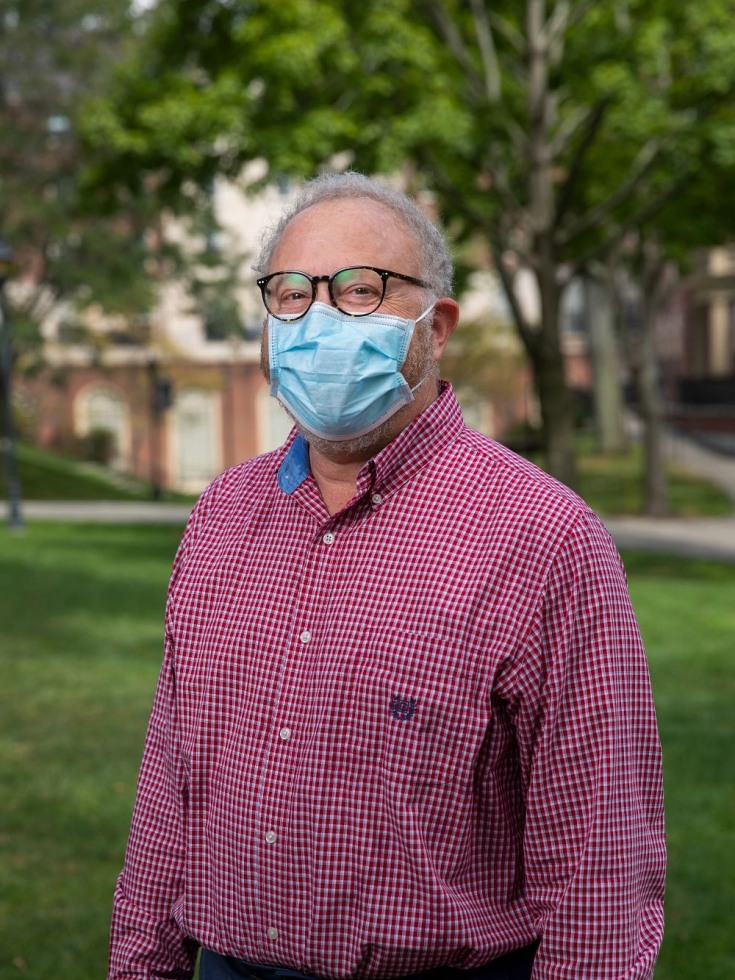These collaborations, both among Health and Wellness divisions and across the University more broadly, were critical to the success of Health Service’s pandemic response, Sullivan said.
“The pandemic has pushed us all to a new level of collaboration in order to make sure that our campus and its students are safe,” she said. “Not everyone has the skills or the background to take care of every challenge. You need a team.”
Pallant agreed. “It really has been about adaptability and sharing the work and burden and joy with others,” he said. “This can’t be solo work — it just couldn’t function that way.”
A lasting impact on health services
As the number of vaccinated Rhode Islander continues to rise and COVID-19 cases decrease, the pandemic that has affected all aspects of student life at Brown for the past 15 months appears to be entering a more manageable phase — there have been no positive COVID-19 tests among students on Brown’s campus since mid-May. But the innovative health care and support services that Health Services provided in tandem with its University partners will have a lasting impact on student health care at Brown.
For Benvie, the systems and procedures developed as part of the pandemic response — from the adoption of telehealth appointments to the deepened working relationships between Health Services and its collaborators — provide a valuable blueprint for future public health challenges that may arise.
“We’ve laid a great foundation for improving our campus-wide response to a pandemic,” she said. “Once the rush has passed, it will be helpful to revisit everything we have accomplished and formalize our campus procedures for managing such an event. I don’t even think we have an inkling yet of all that we have learned from this.”
These deepened collaborative relationships will also prove valuable post-pandemic during a wide range of situations in which multiple units are called upon to address a student’s needs, Sanderson said.
“From an EMS standpoint, having had the opportunity to build communication across these departments will allow us to approach even day-to-day situations that have nothing to do with COVID-19 from a team standpoint,” she said. “I’m so glad we have these relationships now, so that if someone has a need, we can come together to meet it as efficiently as possible.”
On a broader scale, the innovative and integrated approaches that Health Services has developed during the pandemic have foregrounded the importance of taking a holistic approach to student health and well-being, Pallant said.
“Health care really is holistic — it is mind and body and experience and environment — and we’ve really had to use all of those aspects to do our best to keep each other and our students healthy during the pandemic,” he said. “I hope and expect that this won’t go away when COVID-19 does.”
According to Britto, that holistic approach to student care embodies the spirit of the University’s new health and wellness center and residence hall, which opened its doors to its first student residents at the start of the Summer 2021 term. In the fall, the building will bring together in the same space services and programs instrumental to students’ physical and emotional well-being — including Health Services, CAPS, Brown EMS and BWell.
“I can’t think of a better expression of what an amazing group of people we have — and how committed they are to offering this high level of integrated care and support to students,” she said. “We’re excited to pour all of their great work into our new building.”
For the staff of Health Services, it will be a welcome culmination to the 15 months spent addressing the continuously changing health priorities arising from the pandemic, Britto said.
“They have adapted constantly to new challenges while keeping up with the drumbeat, every day, of managing and treating the virus within the Brown community — all while continuing to coordinate the everyday student health needs that have continued to need attention over the course of the year,” she said. “And they have done all of this while carrying the emotional weight of keeping our campus safe during a pandemic. If you have to go through something like this, these are the people you want to go through it with.”
Correction: An earlier version of this article suggested that student EMS were involved in transporting students to quarantine and isolation. These transfers were executed solely by non-student EMS staff.
